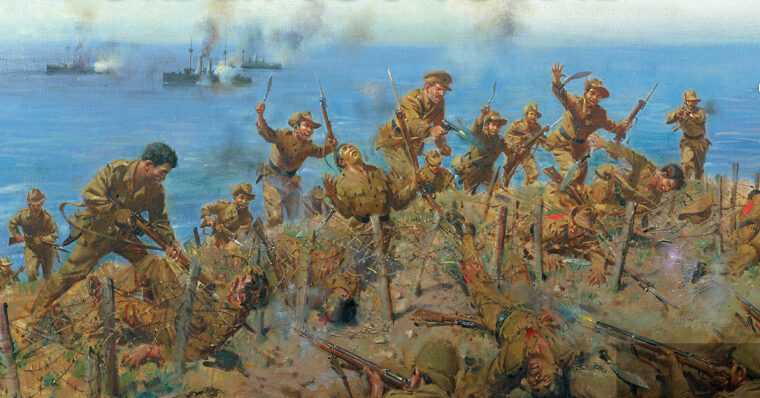
australian military history
“I Order You To Die”
By Victor J. KamenirIn the English-speaking world, most students of military history would be hard-pressed to identify the time, place, or antagonists of the Canakkale Campaign. Read more

australian military history
In the English-speaking world, most students of military history would be hard-pressed to identify the time, place, or antagonists of the Canakkale Campaign. Read more
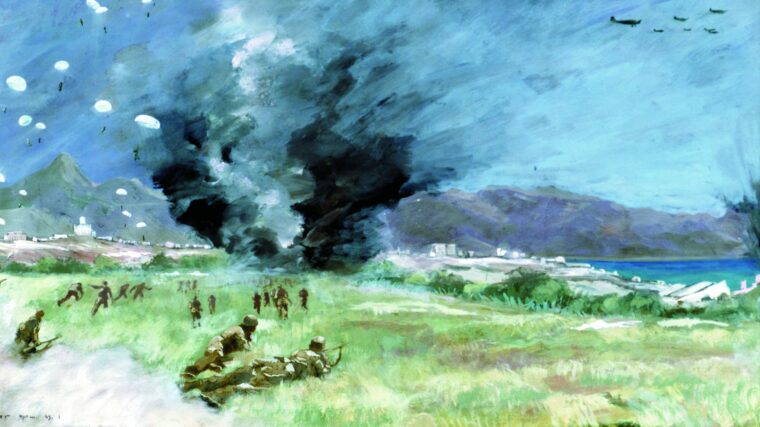
australian military history
By May 1941, the German Luftwaffe’s fortunes had risen to great heights and plummeted to equally startling depths in the course of a single year of blitzkrieg warfare in Western Europe. Read more
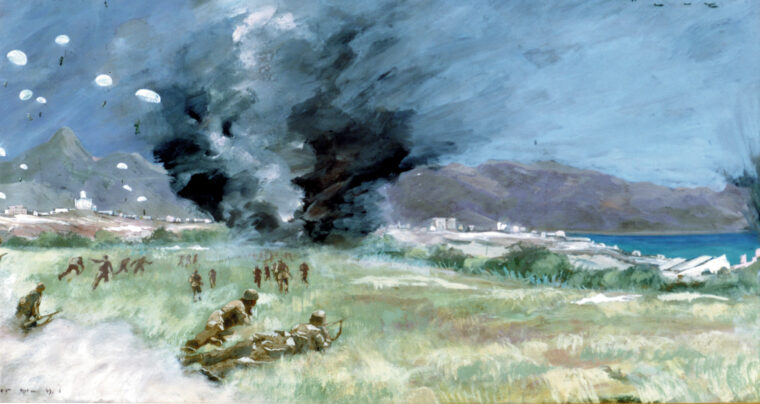
australian military history
In May 1941, General Kurt Student’s elite paratrooper forces descended like an anvil on the British garrison defending Crete. Read more
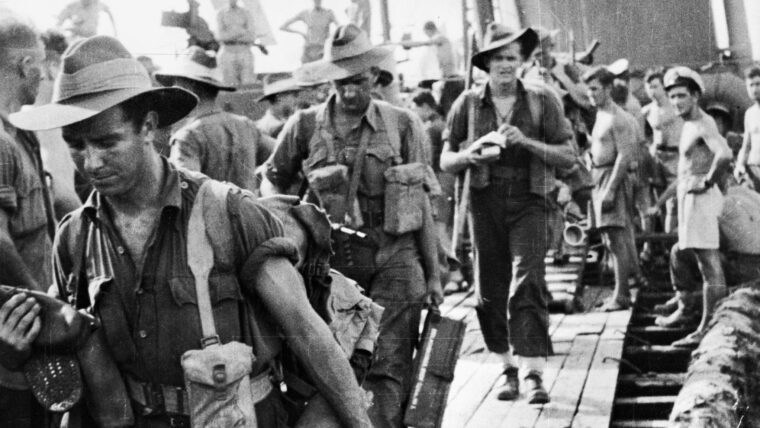
australian military history
On October 20, 1941, the Australian destroyer Vendetta weighed anchor in the port of Alexandria, Egypt. After spending nearly two years supporting the Royal Navy in the fight for control of the Mediterranean Sea, the aging engines of the busy warship could no longer give her the speed needed to escort convoys, screen the fleet, or dodge dive- bombers. Read more
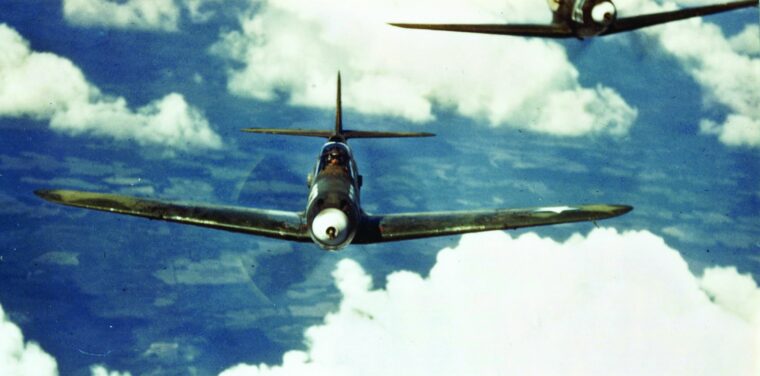
australian military history
Common wisdom has long held that Japanese pilots and aircraft, particularly their fighters, were superior to the American, Australian, and British counterparts they faced in combat in the Philippines and Southeast Asia in the opening months of U.S. Read more

australian military history
During the battle for Hill 111 on the night of July 24-25, 1953, Sergeant Brian Charles Cooper was in charge of a 10-man machine-gun section of the 2nd Royal Australian Regiment located on the extreme right flank of How Company, 3rd Battalion, 7th Marines. Read more
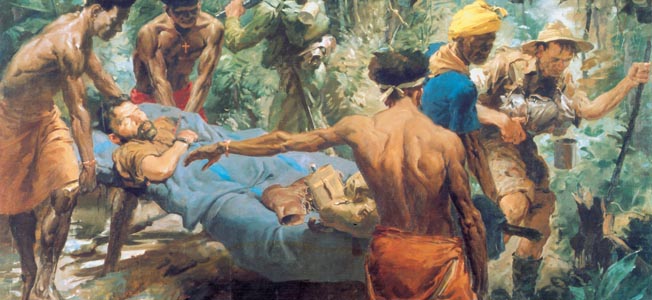
australian military history
The Kokoda track campaign involved a trail that leada south along the western side of the Eora Creek Gorge and through the villages of Deniki and Isurava to a trail junction at Alola. Read more
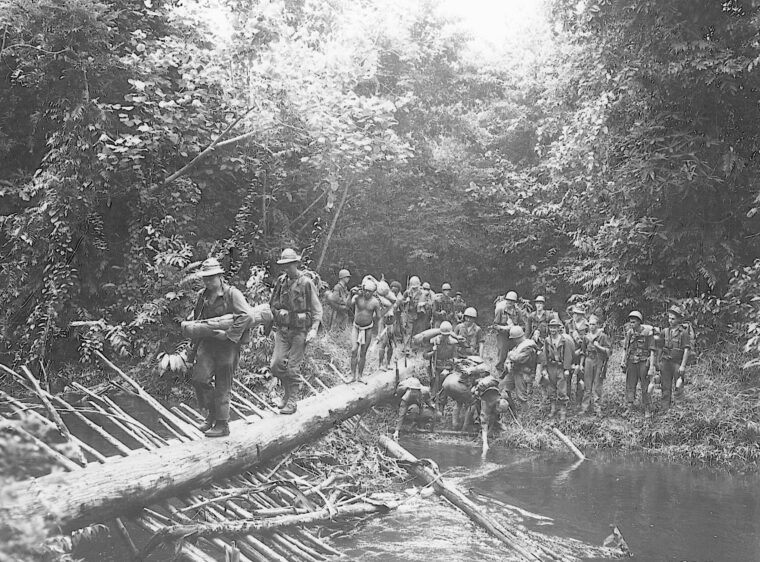
australian military history
In 1994 James Anderson and a few other adventurers retraced the Australian Army’s withdrawal from Kokoda in 1942, and followed the track across the Owen Stanley Mountains. Read more